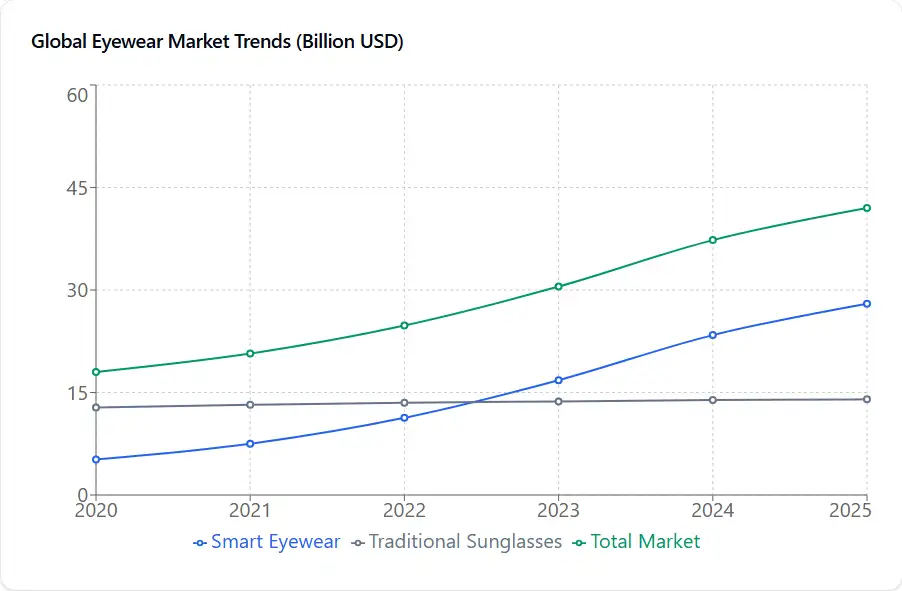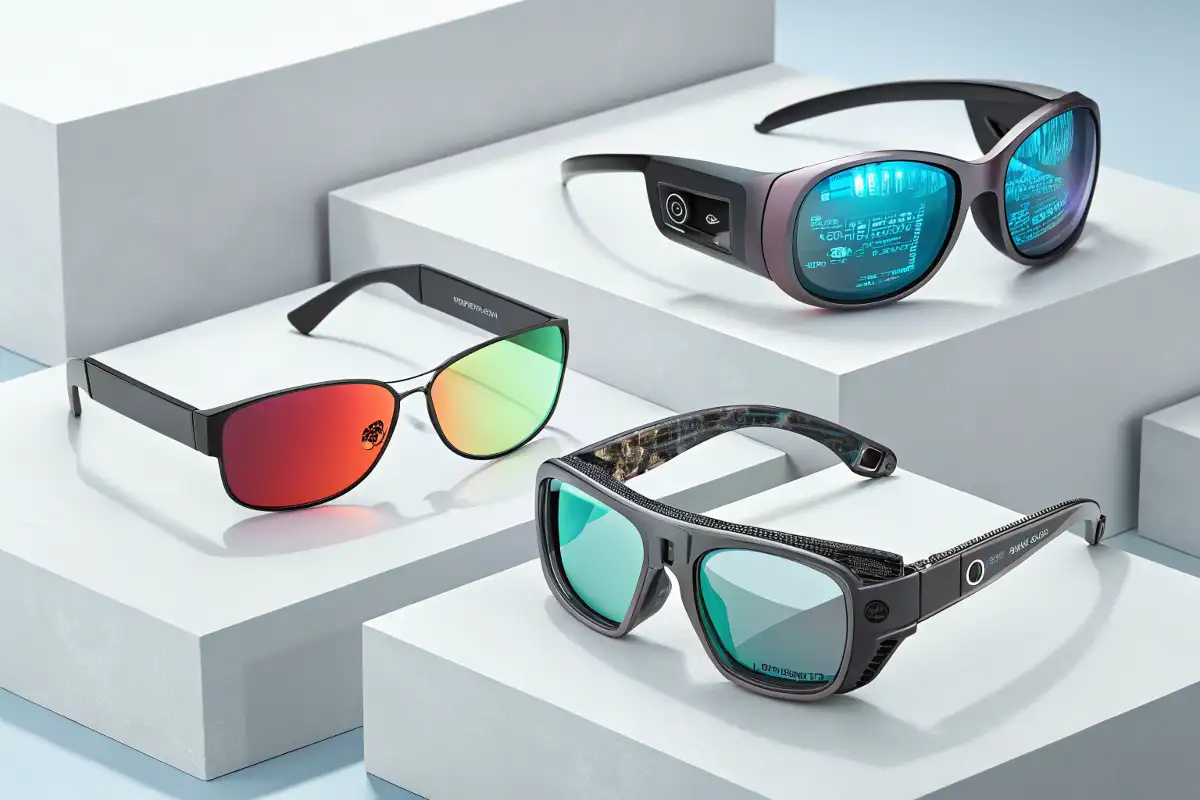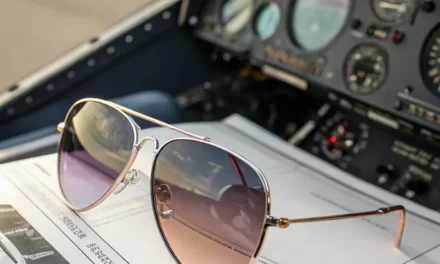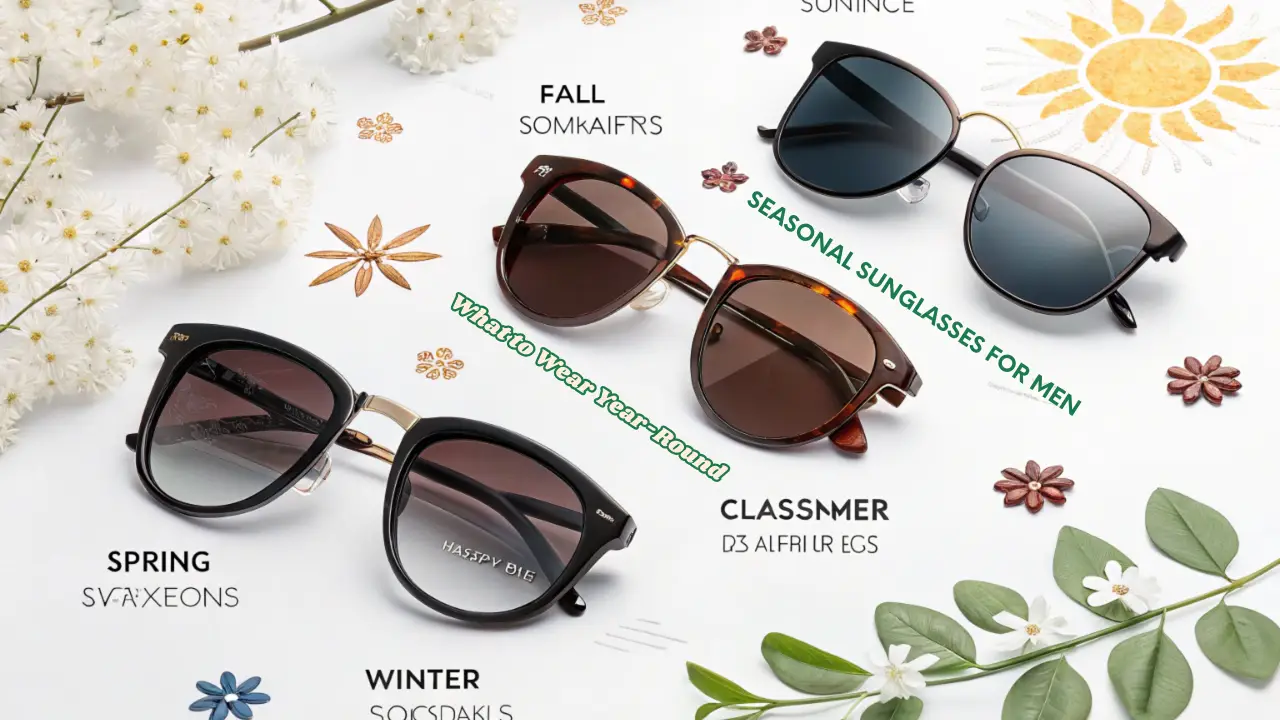Introduction
The eyewear industry is undergoing a revolutionary transformation, pushing the boundaries of what we once thought possible. As we venture deeper into the digital age, sunglasses are no longer just protective accessories – they’re becoming sophisticated pieces of wearable technology that enhance our daily lives. This comprehensive guide explores the most exciting trends in futuristic eyewear, from augmented reality displays to sustainable materials that adapt to your environment.
1. The Rise of Futuristic Sunglasses: More Than Just Style
The global futuristic sunglasses market has experienced unprecedented growth, with innovations driving fashion and functionality. These next-generation accessories combine advanced materials like shape-memory alloys and electrochromic glass with cutting-edge designs that seem straight out of science fiction. Market research indicates a 47% increase in consumer interest in tech-integrated eyewear since 2023, with particular emphasis on customizable features and sustainable manufacturing processes.
Modern futuristic sunglasses are unique in their ability to adapt to user needs. These innovations are revolutionizing our perception of eye protection and style, from automatically adjusting tint based on UV exposure to incorporating bio-sensing capabilities that monitor eye health. The integration of nanomaterials has also enabled unprecedented durability and lightweight construction, making these advanced accessories as practical as they are striking.
2. Market Growth Trends
The following graph illustrates the remarkable growth in the smart eyewear sector compared to traditional sunglasses, highlighting the shifting consumer preferences toward technology-enhanced eyewear solutions:

The graph above shows that the smart eyewear segment is experiencing exponential growth, while traditional sunglasses maintain steady but modest growth. This trend reflects the increasing consumer demand for eyewear that offers both style and technological functionality.
3. Smart Glasses: The Integration of AI and Augmented Reality
Smart glasses represent the convergence of traditional eyewear and cutting-edge computing technology. These sophisticated devices now offer features like voice-controlled navigation, real-time translation, and immersive augmented reality experiences. Major tech companies have invested billions in developing AI algorithms that can process visual information in real time, providing wearers with contextual information about their surroundings.
The latest generation of smart glasses incorporates miniaturized processors capable of running complex AI models locally, ensuring privacy and reducing latency. These advances have made it possible to integrate features like facial recognition, environmental analysis, and even emotional response detection, all while maintaining the aesthetic appeal of traditional sunglasses. The market for AI-enhanced eyewear is projected to reach $28 billion by 2026, driven by increasing demand for hands-free computing solutions.
4. Cyclops Glasses: Reimagining Single-Lens Design
Inspired by science fiction, Cyclops glasses have emerged as a bold statement in avant-garde eyewear design. These distinctive single-lens creations challenge traditional sunglasses architecture while offering practical advantages in specific applications. The unified lens design provides an uninterrupted field of view and enables more efficient integration of heads-up display technology.
Contemporary cyclops glasses often incorporate holographic displays and advanced optical coatings that instantaneously switch between transparency levels. This innovative approach has found particular success in professional applications, such as surgical visualization and industrial design, where maintaining a wide, unobstructed field of view is crucial. The style has also gained traction in high-fashion circles, with leading designers creating limited-edition collections celebrating this futuristic aesthetic.
5. Frozone Glasses: Temperature-Adaptive Eyewear
Named after the iconic superhero, Frozone glasses represent a breakthrough in climate-responsive eyewear technology. These innovative sunglasses utilize advanced thermochromic materials that react to temperature changes, automatically adjusting their optical properties to optimize visibility and comfort in weather conditions.
The technology behind Frozone glasses includes micro-sensors that detect environmental conditions and trigger instantaneous adjustments in lens opacity and polarization. This adaptive capability makes them particularly valuable for outdoor athletes and professionals who work in varying weather conditions. Recent advances in battery efficiency have enabled these features to function for up to 72 hours on a single charge.
6. Biometric Integration: The Future of Personalized Eyewear
The latest trend in futuristic eyewear incorporates biometric sensors that monitor various health parameters. These advanced sunglasses can track eye movement patterns, detect signs of fatigue, and even monitor blood oxygen levels through noninvasive sensors integrated into the frame. The data collected can be synchronized with health apps, providing wearers with valuable insights about their well-being.
This integration of health monitoring capabilities has created new opportunities in preventive healthcare. Some insurance companies offer incentives for users who maintain regular eye health monitoring through their smart eyewear. The technology has also found applications in professional sports, where coaches use the data to optimize athlete performance and prevent injury.
7. Sustainable Innovation in Future Eyewear
Environmental consciousness has become a driving force in the design of futuristic sunglasses. Manufacturers are now utilizing biodegradable materials and implementing circular economy principles in their production processes. Advanced recycling techniques have enabled high-performance frames from ocean-recovered plastics while maintaining the sophisticated appearance expected of futuristic eyewear.
Solar-powered features and energy-harvesting materials are being integrated into frames, making self-sufficient operation possible for extended periods. Some models even incorporate air quality sensors and UV monitoring capabilities, helping wearers make informed decisions about their environment while minimizing their ecological footprint.
8. Virtual Fashion and Digital Twins
The emergence of virtual fashion has created new opportunities for futuristic sunglasses design. Digital twins of physical eyewear enable customers to try on styles virtually using advanced AR technology. At the same time, some brands have begun releasing digital-only collections for use in virtual environments and social media platforms.
This fusion of physical and digital design has led to innovations in customization. Smartphone apps allow customers to modify the appearance of their eyewear. Some models feature programmable e-ink displays that can change patterns and colors on demand, bridging the gap between physical and digital fashion.
Conclusion
The future of eyewear is more exciting and dynamic than ever before. From AI-powered smart glasses to environmentally conscious designs, the innovations we’re seeing today are just the beginning of a new era in personal technology. As these trends evolve, we can expect even more groundbreaking developments that blur the lines between fashion, technology, and functionality. The sunglasses of tomorrow won’t just protect our eyes – they’ll enhance our entire experience of the world around us.
You can see this article “The Ultimate Guide to Trendy Sunglasses in 2025” >>





